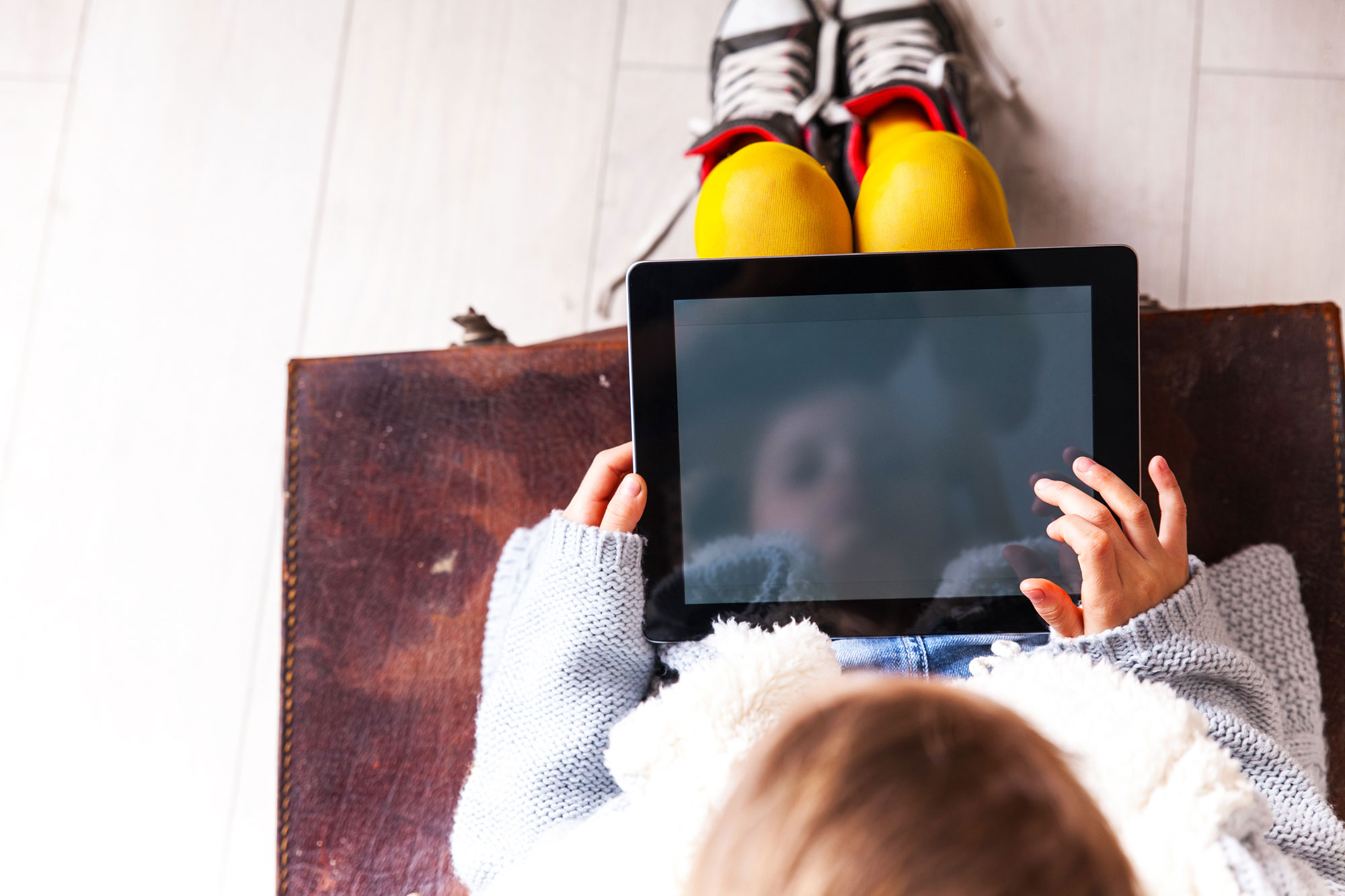Hey parents, children and iPads are a bad mix

Naomi Schaefer Riley, New York Post
“In a world where ‘screen time’ is becoming simply ‘time,’ our policies must evolve or become obsolete.” That was the American Academy of Pediatrics folding like a cheap suit.
The AAP had previously recommended that children under 2 years of age should not be sitting in front of a television, playing on tablets or phones at all.
But, you know, times change.
Ari Brown, lead author of the article and chair of the AAP media committee, explained that their original recommendation, written in 2011, “literally felt outdated before we even released it.”
Like some teenage sci-fi fan, Brown explained, “Technology moves faster than science can study it, so we are perpetually behind in our advice and our recommendations.”
Actually, researchers have spent plenty of time studying the effects of screen time on young children and there is not much positive to be said about it.
Whether it’s watching “Blues Clues” or “Sesame Street,” playing Subway Surfer or some educational app, the effects on kids under the age of 2 are pretty obvious.
When they’re in front of a screen they turn into vegetables, staring at it slack-jawed. Anyone can see the difference between an 18 month old in front of a television and an 18 month old in front of wooden blocks.
Brown tries to hedge his bets, explaining, “If you’re looking at children under 2, there’s a big difference between endless hours of watching cartoons on YouTube and videochatting with Grandma.”
Oh, come on. No parent seriously thought the recommendation was supposed to prevent a child from seeing their grandparents waving on the screen. A ban on screen time is about shows and apps.
And the problems with both come not just from time spent on them. As most parents quickly realize, the effects last far beyond when kids are in front of the screen.
Josh, a father of three children ages 6, 5 and 2, notes that his children become overstimulated when they watch television and complain that they are bored with everything else afterwards.
Despite the fact that Josh works for a large tech company (or perhaps because of it), his children get almost no screen time. He believes it interfered with the way they play. “I want to have them use their imagination to create the scene as opposed to letting technology do it for them.”
Indeed, one of the most important aspects of child development is pretend play.
But as one teacher at a Waldorf School (a model that uses no technology) explained to me, kids who are mirroring the play they see on screens — pretending to be Dora, for example — play for shorter amounts of time and their play is “not as deep.”
They’re not as into it because they didn’t create the world themselves.
Ashley, a nanny I spoke to in Pittsburgh, tells me that even if parents she works for allow their kids to watch television, she won’t let them. “I see the way TV and iPads would affect the kids. I’m kind of the one picking up those pieces. Kids don’t learn nearly as much from technology — they learn from human interaction.” As for educational programming, she says, “The excuse of watching a show because it’s in Spanish doesn’t really hold any weight with me.”
Indeed, a recent article in the journal Mind, Brain and Education suggests that even educational electronic toys are not helping kids learn. And may even hinder their interactions with real people.
Researchers compared children who were looking at shapes on a screen and those who were looking at real objects and recorded the words of parents who were interacting with them.
They concluded that “Traditional toys…sparked higher quality conversations,” which included more descriptive and useful vocabulary.
As the authors wrote in a article on the Brookings Institution website, “These results offer just a first glimpse of differences in those old fashioned toys and the new and improved toys that seem to have a life of their own. We might have thought that these bells and whistles would enhance the educational value of the toy. Our results, however, suggest otherwise.
“And, they align with findings from other studies suggesting that when adult-child pairs play around electronic toys, adults are less responsive to children’s attentional bids than when playing with traditional toys, there is less pretense and elaboration with e-toys than with traditional toys, and that when parents read e-books rather than traditional books to their 3-year-olds, their children are less likely to follow the plotline of the story.”
In other words, even something as seemingly harmless as an e-book can completely change the learning experience of a child.
Is the media committee of the AAP unfamiliar with this research, or have they not talked to enough parents and caregivers to understand the effects of technology on young children?
Of course not. The AAP changed its guidelines not because some new study said that iPads are great for children, but because they didn’t want to be thought of as behind the times.
Which is absurd. If you can’t count on pediatricians to hold the line, who can you count on?












